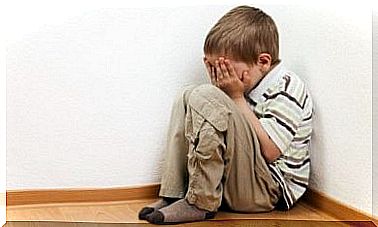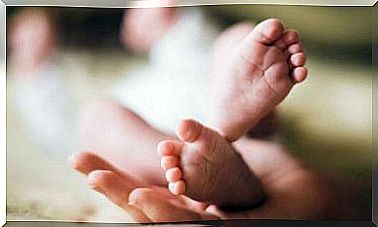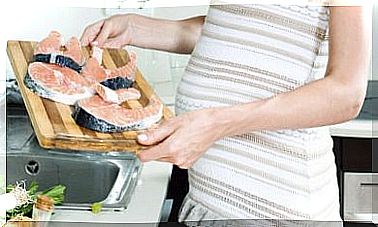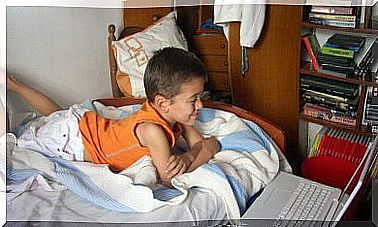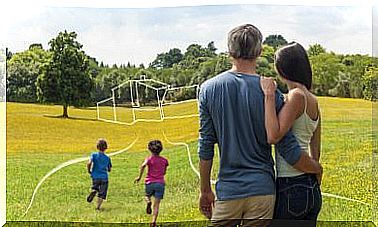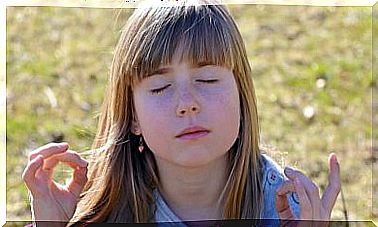The Pacifier, Is It Beneficial?
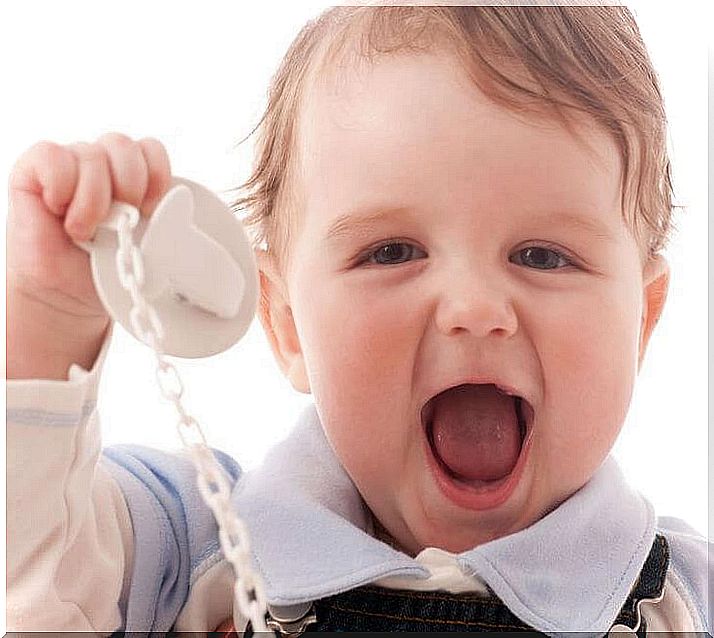
Wondering if using a pacifier is beneficial? A study published in the journal General Dentistry clarifies that as long as it is left on time, it can even be positive for the little ones who use it.
Most specialists consider it beneficial to use the pacifier or pacifier, and especially, dentists explain that there is no problem with it as long as they stop it before the age of three. If it is done later, there could already be dental problems.
The pacifier: things to consider
An article endorsed by the Lactation Committee derived from the Spanish Association of Pediatrics (AEP) explains that the use of the pacifier is deeply rooted in developed societies. Its use helps to calm the crying of the baby, to fall asleep, and reduces stress and pain.
Many health professionals and society in general think that they are harmless and even beneficial and necessary for the development of the infant, deepens the AEP. The same specialists state that its use is controversial among professionals who recommend or advise against its use based sometimes on personal experiences and not always on scientific evidence.
However, its use has been related to shortened breastfeeding time and difficulties in breastfeeding, increased frequency of otitis media, dental problems, and risk of accidents. In addition, recent studies benefit, particularly during sleep, with a reduction in the risk of sudden infant death during the first year of life.
Other well-studied and proven benefits of the pacifier are related to its analgesic effect and the stimulation of non-nutritive sucking in preterm and term children.
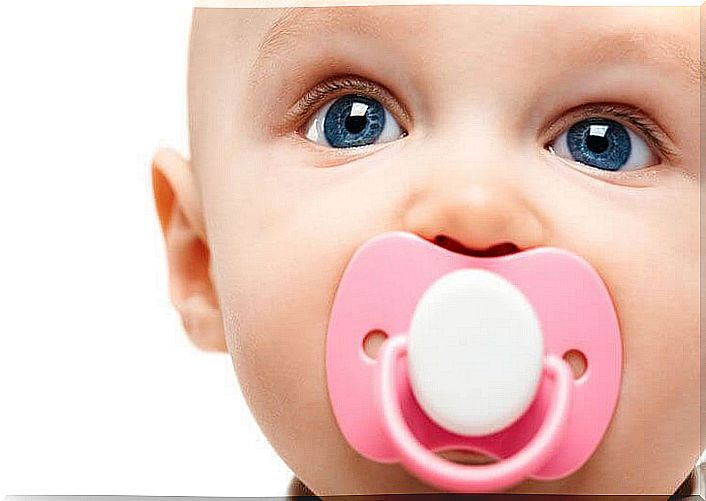
The pacifier, does it damage the teeth?
The pacifier does not produce dental malformations if it is abandoned before the age of three, says the Spanish Society of Pediatric Dentistry, and such a ruling demolishes some deeply rooted beliefs among us. Many parents fear that their children’s teeth will be deformed by prolonged use of the pacifier.
This society reiterates what has been said by the AEP as it emphasizes that the use of the pacifier in addition to reducing the incidence of sudden death and calming the anxiety and pain of children, ensures that there are data showing that, if it is stopped at three years of age , the damage to the dentition is reversible.
When a child puts the nipple of a pacifier in his mouth and performs what experts call non-nutritive sucking. But during this act, some lower central teeth gradually deviate inwards, while those that are in the same plane, but in the upper jaw, tend to separate and protrude outwards which causes what are called rabbit teeth.
It is estimated that, for the malformations to be noticeable, it is necessary to exert more or less constant pressure for approximately six hours a day. The time factor, together with the energy that the little one applies in the suction, will make a difference in this regard.
– Jane Soxman, Member of the American Board of Pediatric Dentistry-
If the teeth are deformed it can be reversible
The continued use of the pacifier causes dislocation of the teeth but this situation, as reflected in the cited research, is reversible just a few months after stopping the use of the device. Especially when the use of the pacifier is only punctual.
The essential reason is that there are no malformations of the temporomandibular joint or significant bone deformations that modify the definitive dental arch. A Although experts believe that it is appropriate peeling away the pacifier around two or three years, it is not a fixed rule.
There are other conditions that can make these terms flexible, such as the child’s degree of maturity or certain medical or psychosocial circumstances. In this sense, it will be the parents who determine if the time has come to remove the pacifier from their child.
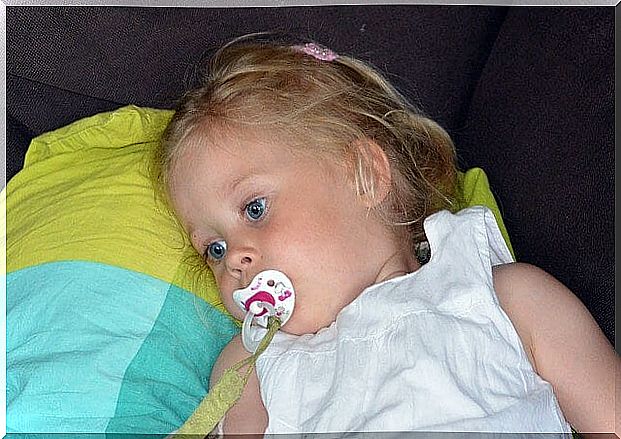
Recommendations according to the Spanish Society of Pediatric Dentistry
Although the Spanish Society of Pediatric Dentistry explains that there is no definitive data either in favor or against its use, we can find some recommendations that are worth taking into account:
- Try not to use the pacifier in the first days of life.
- Although the temptation is great, it is probably best to resist it, since it will promote effective breastfeeding.
- Avoid using the pacifier as a way to delay a meal.
- It is better for your child to use a pacifier to satisfy his urge to suck, rather than one of his fingers, usually the thumb.
- If your child uses a pacifier, do not have one alone, since it is easy for it to get lost, which, in some cases, will mean crying, tantrums, etc.
- Many children use the pacifier to calm down, especially at weaning time or in the absence of parents.
- In older children, do not reprimand them for their use, as this will make it difficult to remove them permanently.
Recommendations according to the Spanish Society of Pediatrics
On the other hand, the Spanish Society of Pediatrics also makes its recommendations for parents to take into account. It reiterates exclusive breastfeeding during the first 6 months of life as a protective factor for sudden infant death. Other considerations to highlight are:
- In breastfed newborns it is better to avoid the pacifier during the first days of life and not advise against it when breastfeeding is well established. Usually from the month of life, the age at which the risk of sudden infant death syndrome begins.
- Professionals should know that sometimes the use of a pacifier is a marker that there are difficulties in breastfeeding. These situations must be identified and the necessary skills acquired to help mothers.
- In neonatal units in connection with painful procedures, if there is no possibility for the child to suckle. The suction of a pacifier should be offered as a method of non-pharmacological analgesia.
- In artificially breastfed children, the recommendation to use a pacifier is especially important: they have other characteristics that may increase the risk of SIDS.
- Health professionals should know that, in addition to the pacifier, there are other maneuvers to calm a baby. Some examples are skin-to-skin contact and other non-nourishing suction methods.

